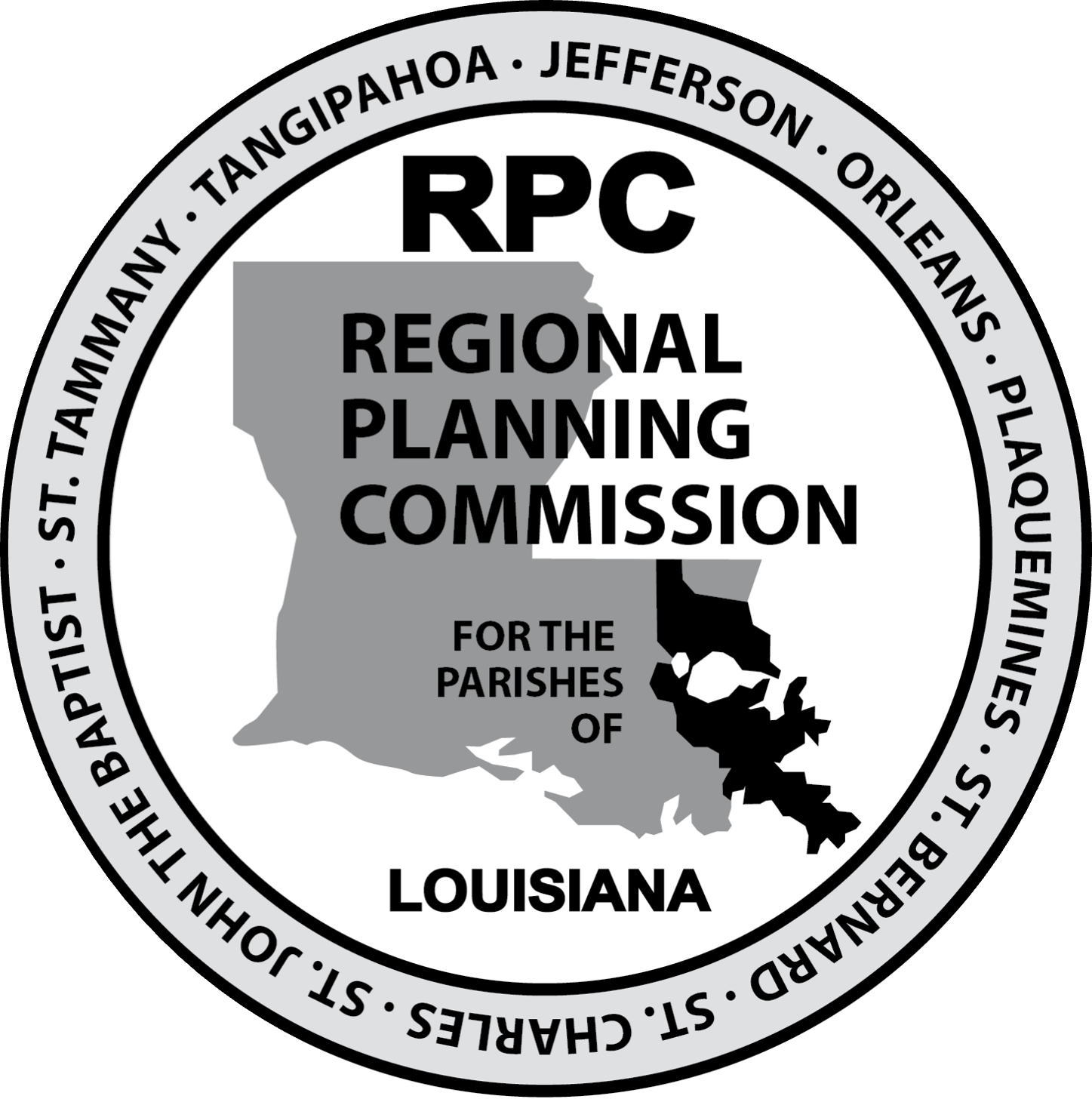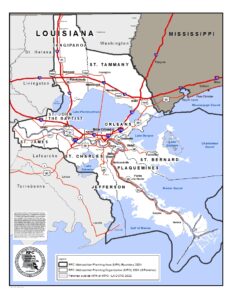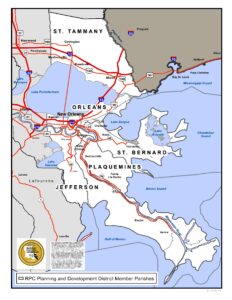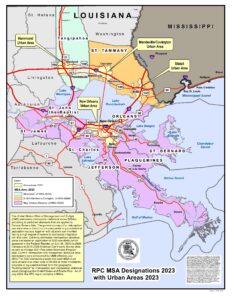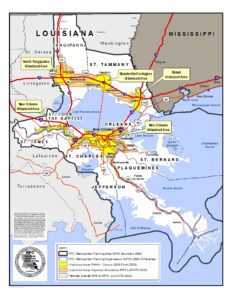
Demographics
The region’s population has experienced significant changes during the last 50 years. The population increased dramatically during the 1960s and 1970s, primarily due to the growth of the oil and gas industry. In the early 1980s, the region encountered a significant decline in population, attributed to the oil bust. Prior to Hurricanes Katrina and Rita in 2005, the region maintained a population of approximately 1.3 million. Katrina and Rita amplified pre-existing shifts in population: Orleans, Plaquemines and St. Bernard parishes endured dramatic population losses, whereas St. Charles, St. John, St. Tammany, and Tangipahoa parishes gained residents. The current population of the region is approximately 1.4 million.
Copy of Total Population of the Greater New Orleans Region
| Area | Census 1990 | Census 2000 | Census 2010 | Census 2020 |
| Louisiana | 4,219,973 | 4,468,976 | 4,533,372 | 4,657,757 |
| Jefferson | 448,306 | 455,466 | 432,552 | 440,781 |
| Orleans | 496,938 | 484,674 | 343,829 | 383,997 |
| Plaquemines | 25,575 | 26,757 | 23,042 | 23,515 |
| St. Bernard | 66,631 | 67,229 | 35,897 | 43,764 |
| St. Charles | 42,437 | 48,072 | 52,780 | 52,549 |
| St. James | 20,879 | 21,216 | 22,102 | 20,192 |
| St. John the Baptist | 39,996 | 43,044 | 45,924 | 42,477 |
| St. Tammany | 144,508 | 191,268 | 233,740 | 264,570 |
| Tangipahoa | 85,709 | 100,588 | 121,097 | 133,157 |
| TOTAL | 1,370,979 | 1,438,314 | 1,310,963 | 1,405,002 |
The above figures show the comparison between the 1990, 2000, 2010 and 2020 official U.S. Census population figures for parishes in the New Orleans region.
Prepared by the Regional Planning Commission for Jefferson, Orleans, Plaquemines, St. Bernard, St. Charles, St. James, St. John the Baptist, St. Tammany, and Tangipahoa Parishes.
